Gone in minutes.
At 5:10pm:

And at 5:25pm:

iPhone 7 snaps.
Gone in minutes.
At 5:10pm:

And at 5:25pm:

iPhone 7 snaps.
High desert drama.
Scottsdale, Arizona features dramatic sunsets at this time of the year and I am lucky that my patio faces south to enjoy the drama at its best.
These were taken on seven successive days last week.

Saturday, 5:44pm.
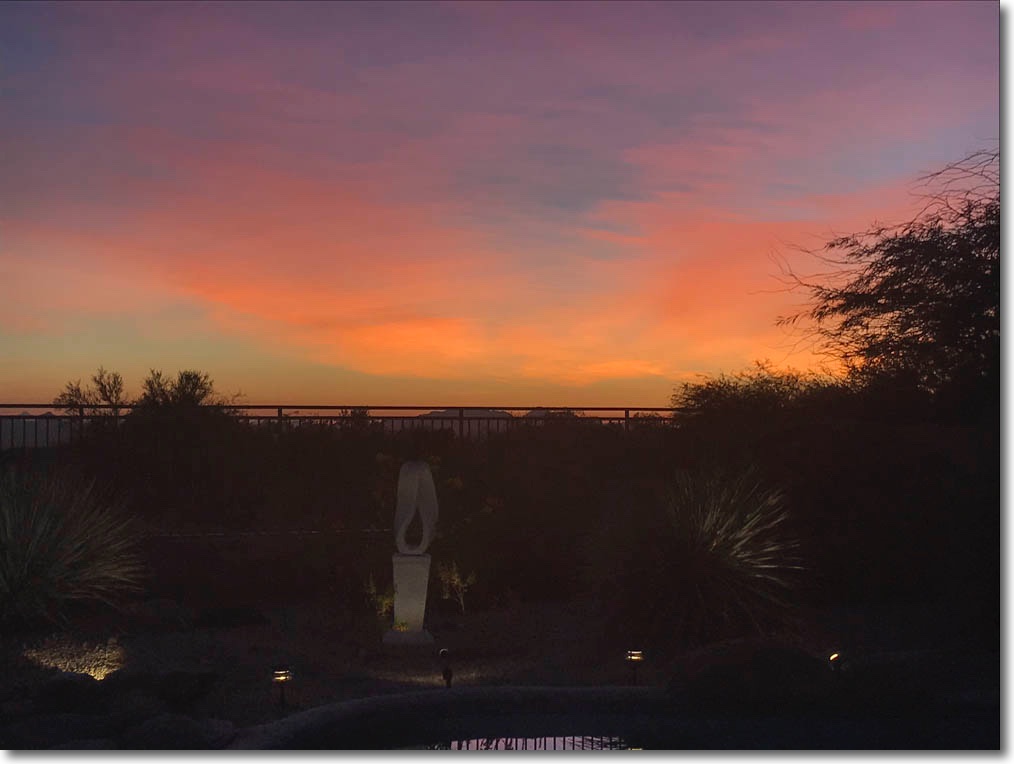
Sunday, 5:37pm.

Monday, 5:18pm.
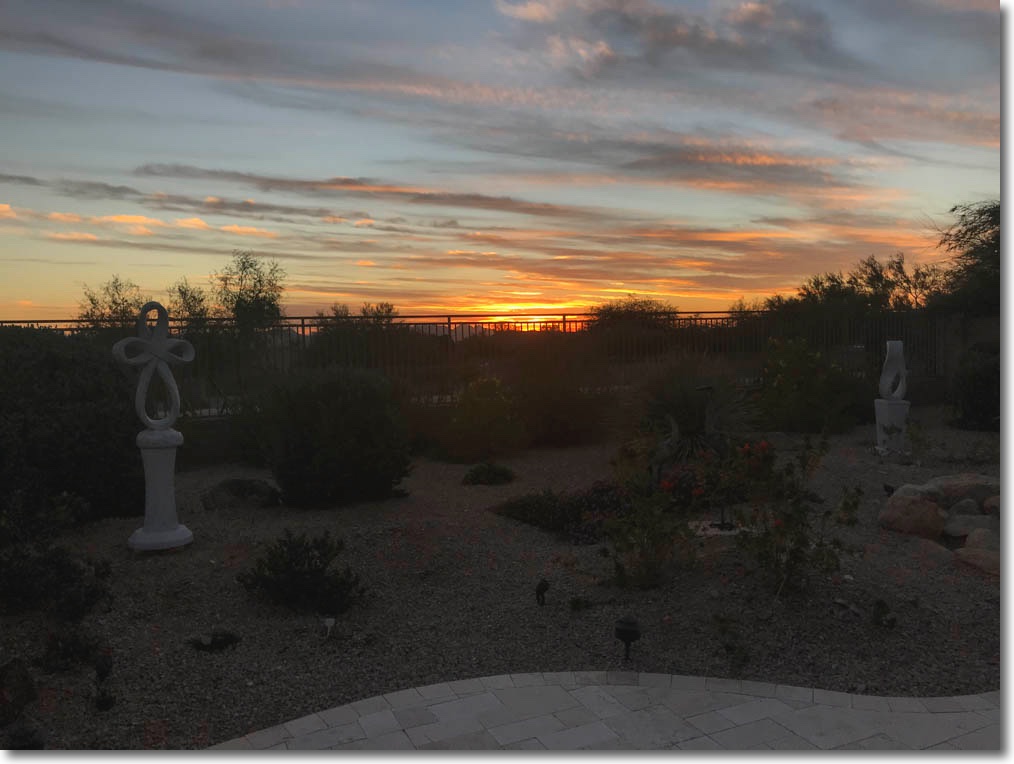
Tuesday, 5:21pm.

Wednesday, 5:24pm.

Thursday, 5:20pm.
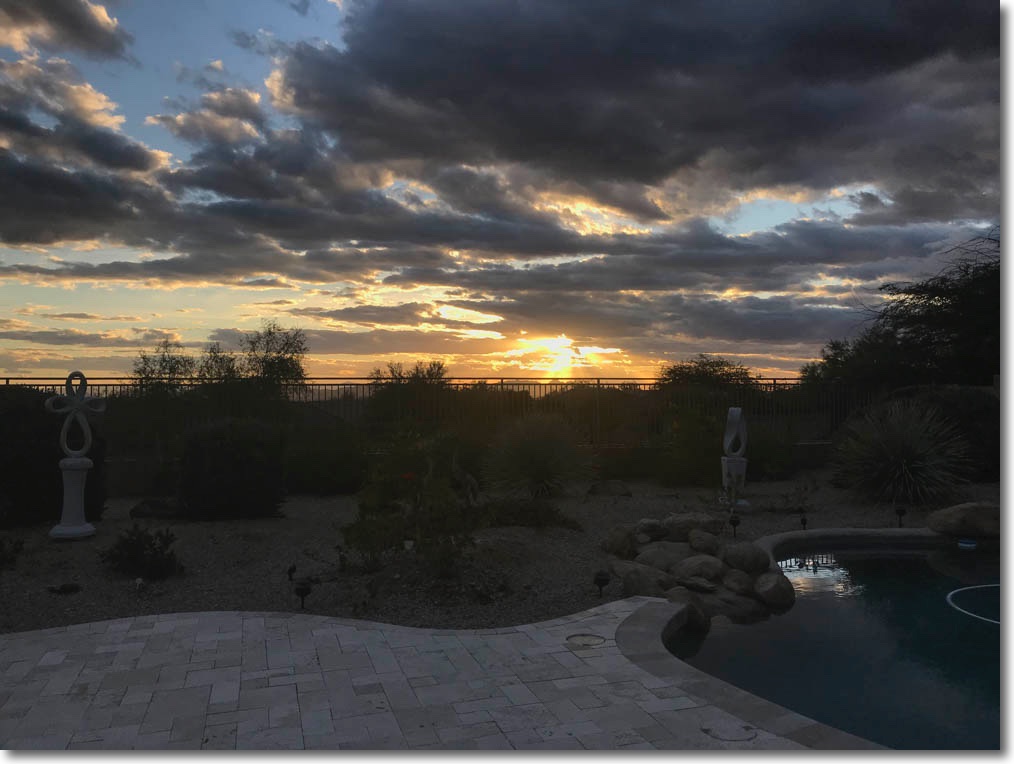
Friday, 4:57pm.
All snapped on the iPhone 7, straight out of camera.
Petty corruption loses for once.
The McDowell Sonoran Preserve, at 30,000 acres, is the largest in the United States. My home community abuts it.
A year ago our sleazy mayor and his hangers on decided to collude with developers and create a ‘Desert Discovery Center’ to purportedly enhance education about the Preserve by placing a branch of Arizona State University bang in the middle. You can get many things at ASU but a premier education is most certainly not one of them.
The mayor, in his well bribed wisdom, reckoned he could just ram this through with a straight vote of the administration. But residents of Scottsdale saw this as the Trojan Horse it was, an open door to commercial development and the white trash set with its beer and rock concerts. Traffic and policing costs would skyrocket, not to mention the attendant noise pollution. A pristine desert preserve would become just another Budweiser sales outlet. So we residents brought suit against the comically named ‘administration’ and then gathered sufficient signatures to place the issue on the ballot, denying the major his claimed royal privilege over voters. I am pleased to report that I was active in this effort.
The resulting Proposition 420 passed by a thumping 71% margin despite desperate misinformation efforts by the developers, and one of the finest, pristine desert parks was saved.
My son and I took our pre-Thanksgiving meal hike through the Preserve yesterday, realizing just how much we had to be thankful for.







For once the gang of corrupt politicians and their developer funders were well and truly thrashed.
There’s more about the Preserve, including a map, here.
All snaps on the iPhone 7 which delivers stellar results in the wan sunlight that prevailed yesterday.
Intense image.
A dear friend who lives in Simi Valley, just west of downtown Los Angeles, sent over this image yesterday afternoon.
All it said was “Taken from my backyard”. 5:52 pm.
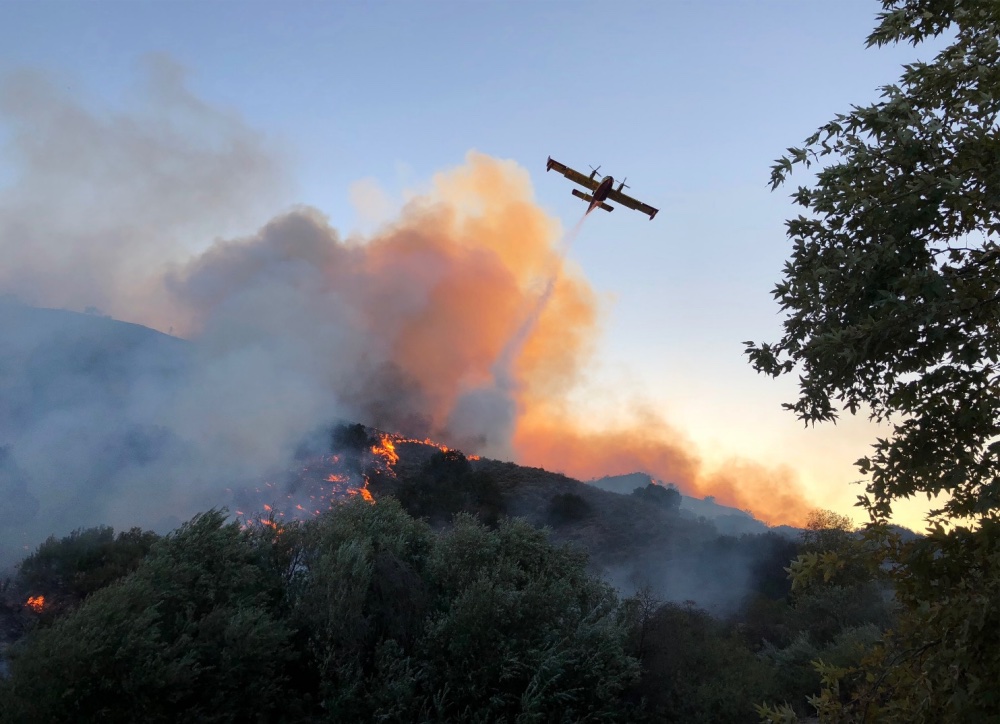
This at 7:47 pm:
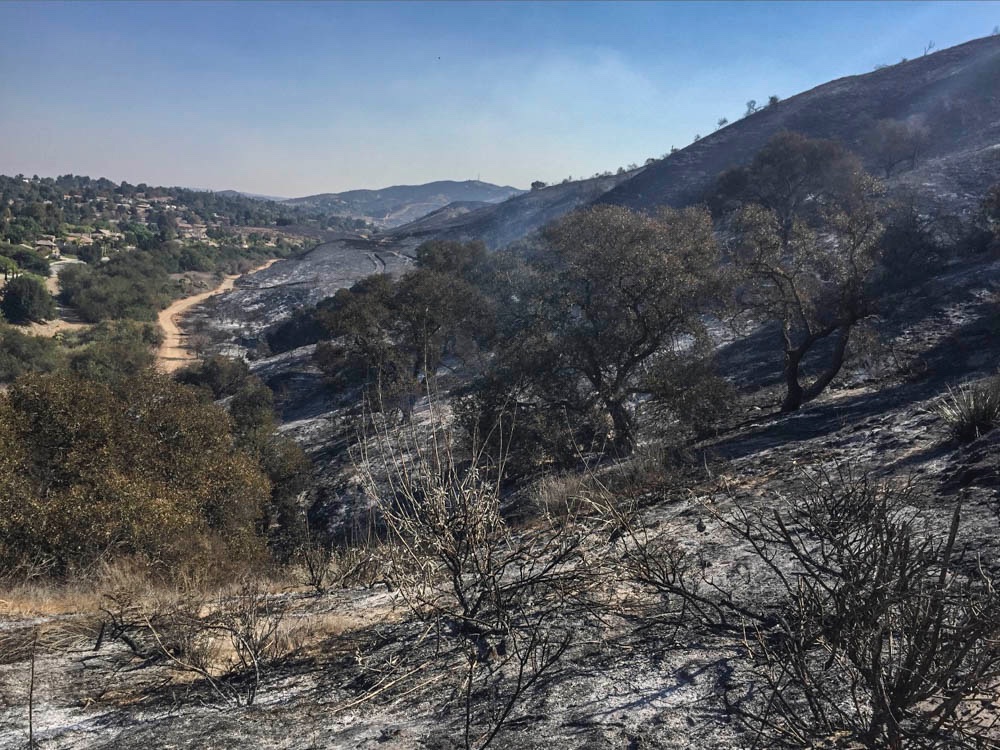
The vast acreage affected can be gleaned from this map, which shows the city of Paradise due north, a city which now no longer exists:

Downtown Phoenix.

Nikon F100, Kodak Ektar at 160ASA, 24-120mm D AF f/3.5-5.6 zoom Nikkor.